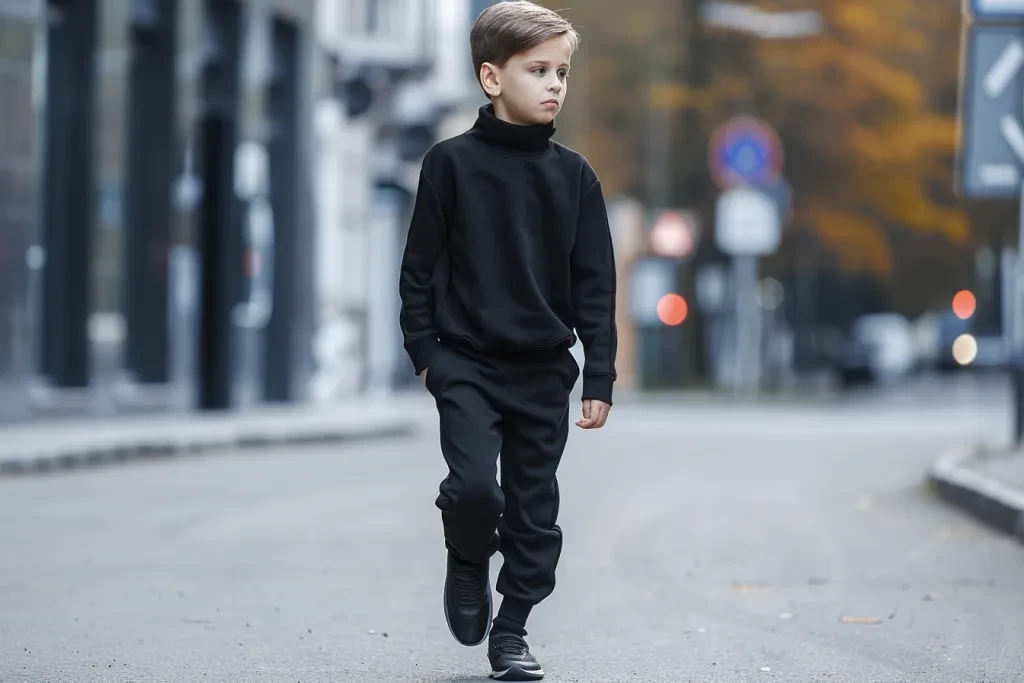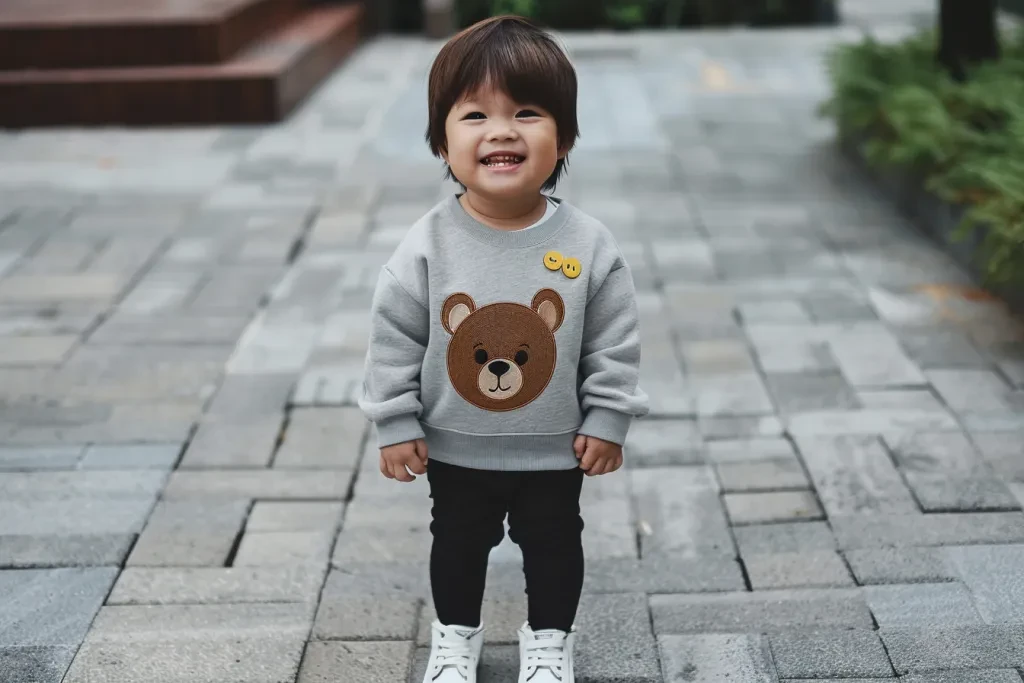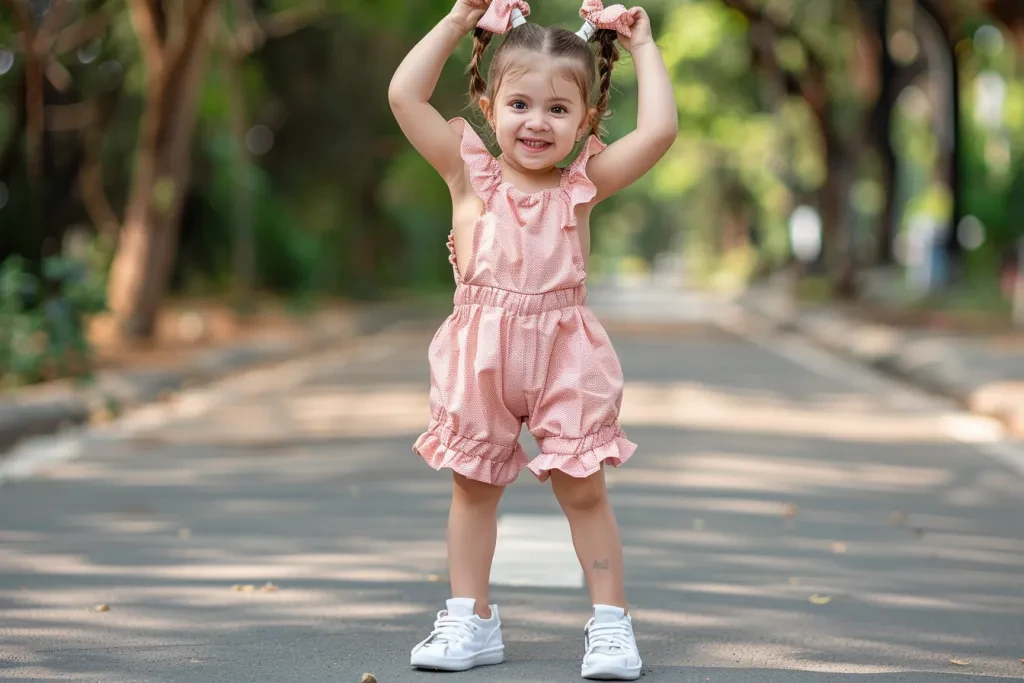When it comes to dressing our children, the choices can be as varied and complex as the little personalities wearing them. Selecting kids’ clothes goes beyond the color and cut; it’s about comfort, durability, and style, all rolled into one. This article aims to guide you through the five critical aspects that should influence your decisions in the children’s clothing aisle, ensuring your little ones look great and feel comfortable, without compromising on quality.
Table of Contents:
1. Understanding fabric choices
2. The importance of sizing and fit
3. Style and functionality combined
4. Seasonal considerations
5. Sustainability and ethics in kids’ fashion
Understanding fabric choices

When it comes to selecting clothes for children, the fabric is the first checkpoint. Natural fibers like cotton, bamboo, and wool are not only soft but also breathable, making them ideal for children’s sensitive skin. However, synthetic fibers like polyester and nylon have their place, offering durability and moisture-wicking properties essential for active kids. It’s about finding the right balance between comfort, practicality, and the demands of your child’s daily adventures.
Moreover, the choice of fabric also plays a crucial role in the durability of children’s clothing. Kids are known for their ability to put the durability of their attire to the test. Fabrics that are machine washable and retain their color and shape after multiple washes are invaluable for parents, offering a blend of practicality and longevity.
Lastly, the texture of the fabric can significantly impact a child’s willingness to wear certain items. Scratchy labels, stiff collars, and rough seams can be a source of discomfort and frustration. Paying attention to the tactile experience of the fabric can make dressing a more pleasant experience for both parent and child.
The importance of sizing and fit

Sizing and fit are paramount in children’s clothing for several reasons. Firstly, ill-fitting clothes can be a safety hazard. Too loose, and they risk getting caught on objects, too tight, and they can restrict movement and growth. It’s essential to choose clothes that offer enough room for growth without compromising on safety or comfort.
Furthermore, the correct fit plays a significant role in the longevity of the garment. Clothes that are too big can be unwieldy for a child to wear, often getting prematurely worn out in the process. Conversely, items that are too small can quickly become uncomfortable, leading to complaints and resistance from the child.
Lastly, the psychological aspect of wearing clothes that fit well cannot be understated. Clothes that fit well can boost a child’s confidence and self-esteem, making them feel good about their appearance and encouraging a positive body image from a young age.
Style and functionality combined

Children’s clothing is not just about looking good; it’s about being practical for the varied activities of a child’s day. Features such as elastic waistbands, adjustable straps, and stretchable fabrics can accommodate rapid growth and ensure comfort throughout the day.
However, functionality should not come at the expense of style. Children begin expressing their preferences and developing their sense of style at a young age. Allowing children to have a say in their clothing choices can foster independence and self-expression, making getting dressed an enjoyable part of their day.
Moreover, the integration of functional design with current fashion trends can make practical clothing appealing to both parents and children. From playful prints to innovative textures, the fusion of style and functionality ensures that children’s clothing is both practical and fashionable.
Seasonal considerations

Dressing children requires a keen understanding of the changing seasons and their impact on clothing choices. For summer, breathable fabrics and protective features such as UV-resistant materials are crucial for outdoor play. In contrast, winter demands layers, waterproof materials, and thermal properties to keep children warm and dry.
Transition seasons like spring and autumn bring their own challenges, requiring versatile clothing that can adapt to fluctuating temperatures. Layering pieces such as light jackets, cardigans, and transitional outerwear become essential, offering flexibility and ensuring comfort throughout the day.
Furthermore, seasonal considerations also extend to footwear, accessories, and specialty wear, such as swimwear and snow gear. Ensuring that these items are appropriate for the season and activity not only keeps children comfortable but also safe from the elements.
Sustainability and ethics in kids’ fashion

In an age where environmental awareness is more crucial than ever, the sustainability and ethics behind children’s clothing have come to the forefront of consumers’ minds. Opting for brands that prioritize eco-friendly practices, such as using organic materials and reducing waste, can make a significant difference in the impact of our purchasing choices.
Moreover, ethical considerations, such as fair labor practices and transparency in the supply chain, are equally important. Supporting brands that adhere to ethical standards ensures that the clothes we buy for our children are not only good for them but also for the planet and those who make them.
In conclusion, navigating the world of kids’ clothes involves a delicate balance of practicality, style, and ethical considerations. By focusing on fabric choices, sizing and fit, the blend of style and functionality, seasonal needs, and sustainability, parents can make informed decisions that benefit their children and the world around them. This guide aims to empower parents with the knowledge to choose wisely, ensuring their children are comfortable, stylish, and, most importantly, happy in their clothes.



